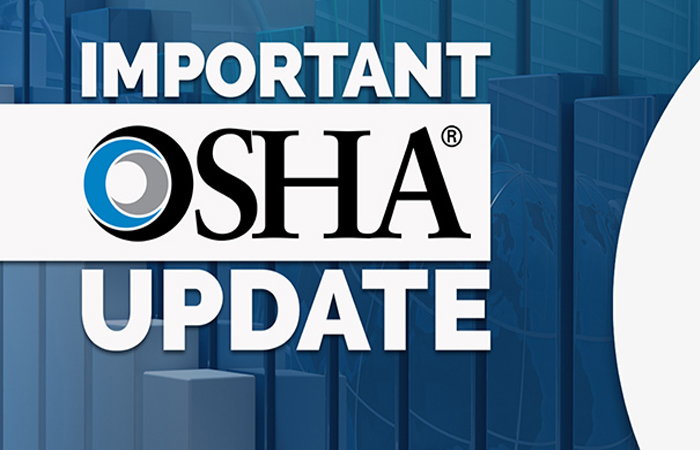This decision, coupled with OSHA previously changing its repeat policy, garnered a number of concerns and objections that the Agency did not go through rulemaking with a notice and comment period associated with that rulemaking.
The fact of the matter is that OSHA has changed it policy on Repeat Violations a number of times since its inception. The OSH Act, in addressing Repeat violations does not actually set a time frame for issuing a repeat violation nor does it state that the Repeat Violation has to be for the exact same standard. Under the OSH Act:
Repeat violation: A violation of any standard, regulation, rule, or order where, upon re-inspection, a substantially similar violation is found. Repeat violations can bring fines of up to $70,000 for each instance. To serve as the basis for a repeat citation, the original citation must be final; a citation under contest may not serve as the basis for a subsequent repeat citation.
After the inception of OSHA in the 1970s, a repeat violation was confined to companies within an area office’s jurisdiction and had to be a violation of the exact same standard originally cited. The repeat violation also had to be issued within three years of the final order for that citation (under OSHA policy). For example, if Company “A” was issued a violation for a machine guarding hazard, OSHA could only issue a repeat violation to that same company based upon the original citation and it had to be within three years of being a final order. If Company “A” had a site covered by another area office that original violation could not be used to substantiate a repeat violation.
Later, the Agency expanded this policy to cover sites within that area office’s regional jurisdiction, and then eventually expanded coverage nationally. In the early years of OSHA the issuance of a repeat violation had to be for exactly the same standard. Later, through policy, the Agency expanded it to a “substantially similar” violation. OSHA looked at substantially similar as violations that addressed the likely injury that would occur.
Early in the Obama Administration the time frame for coverage of a repeat violation was expanded from three years to five years. The typical process the Agency takes in changing its policy is to first obtain approval from the Department of Labor, followed by the publication of a Memorandum for Regional Administrators and State Plan State Administrators, then the posting of that memorandum on OSHA’s Public Web page (only since the Internet), and finally, publication in the OSHA Field Operations Manual (FOM).



